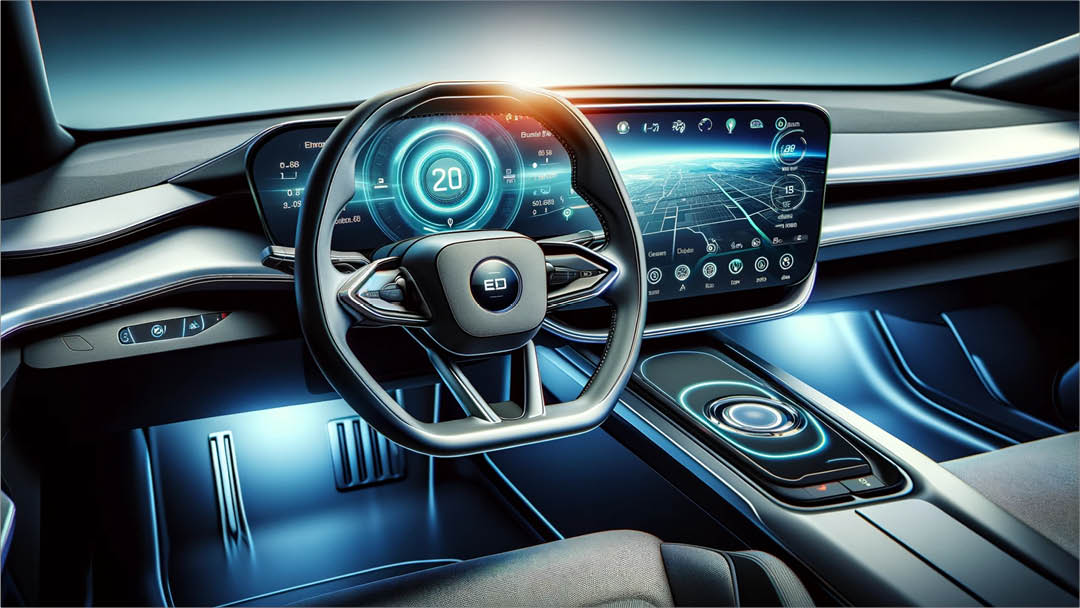In Brief
- Electric vehicles (EVs) are software-defined, making rigorous testing and validation crucial for safety, reliability, and performance.
- Software validation goes beyond basic testing, ensuring EV software functions flawlessly in real-world scenarios and meets user expectations.
- Acsia employs a multi-layered approach to validation, combining simulation, Hardware-in-the-Loop (HIL) testing, and real-world validation to deliver robust and reliable EV software solutions.
Electric vehicles (EVs) are at the forefront of the automotive industry’s digital transformation. As an automotive technical architect, I understand the intricate complexities of these vehicles, which are essentially rolling software platforms. From battery management and motor control to advanced driver assistance systems (ADAS) and user interfaces, software is the backbone of modern EVs.
With this increased reliance on software comes an amplified need for rigorous testing and validation. It’s no longer enough to simply ensure that individual software components function correctly in isolation. We must guarantee that the entire system, comprising a multitude of interconnected components, operates flawlessly in real-world scenarios. This is where software validation becomes the last line of defence in ensuring the safety, reliability, and performance of electric vehicles.
Beyond Verification: The Essence of Validation
While software testing focuses on verifying that the software code meets its specified requirements, validation takes it a step further. It involves assessing the software’s performance in real-world conditions, simulating various driving scenarios, environmental factors, and user interactions. This comprehensive approach ensures that the EV software not only works as intended but also meets the expectations and needs of drivers and passengers.
The Validation Toolkit: A Multi-Layered Approach
Software validation for EVs involves a combination of techniques and tools, each playing a critical role in ensuring the overall quality and safety of the final product:
- Simulation: Virtual simulations allow for the testing of software under a wide range of conditions, including extreme temperatures, road hazards, and unexpected events. This accelerates the development process and reduces the need for costly physical prototypes.
- Hardware-in-the-Loop (HIL) Testing: HIL testing takes simulation to the next level by integrating real hardware components with the simulated environment. This allows for testing the software’s interaction with physical sensors, actuators, and other hardware, ensuring compatibility and performance.
- Vehicle-in-the-Loop (VIL) Testing: VIL testing involves testing the software on a real vehicle in a controlled environment, such as a test track or proving ground. This enables real-time assessment of the software’s performance under realistic driving conditions.
- Field Testing: Field testing involves deploying the software in real-world vehicles and collecting data on its performance, reliability, and user experience. This is the final step in the validation process, providing invaluable feedback for further improvements.
Acsia: Mastering EV Software Validation
At Acsia, we understand the critical importance of software validation in the e-mobility landscape. Our team of experienced engineers and testers employs a multi-layered approach to validation, leveraging advanced simulation tools, HIL testing environments, and real-world validation methods to ensure the robustness and reliability of our EV software solutions.
We adhere to the highest industry standards, including ISO 26262 for functional safety, ensuring that our software meets stringent safety requirements. We also work closely with our clients to understand their unique needs and tailor our validation processes accordingly.
As the e-mobility revolution accelerates, software validation will remain a critical factor in ensuring the safety and success of electric vehicles. At Acsia, we are committed to providing comprehensive validation services that instil confidence in our clients and empower them to deliver the highest quality EV solutions.
To learn more about our expertise in software validation and testing for e-mobility, please visit our Software Validation and Testing page. We look forward to partnering with you to create a safer and more reliable future for electric vehicles.










